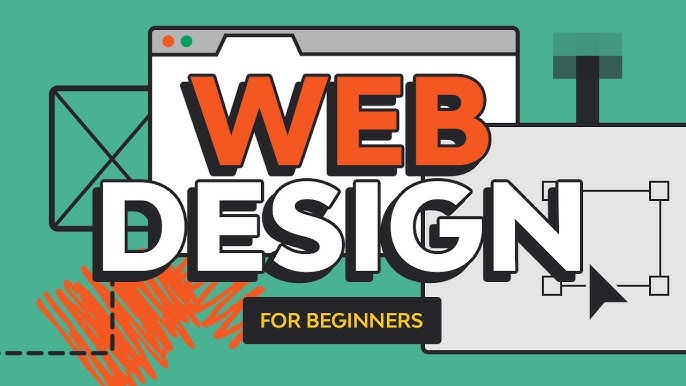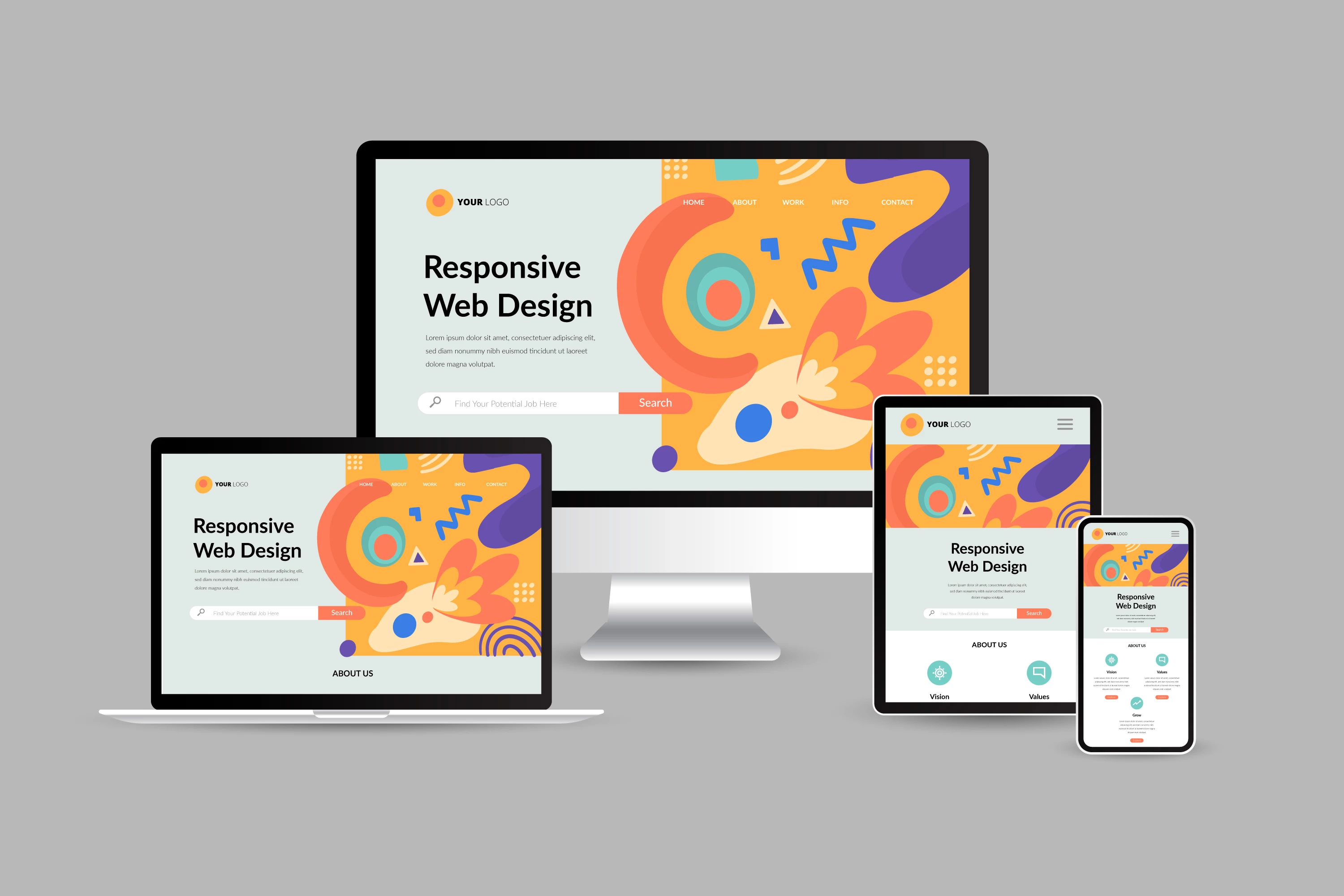Aligned Position Web Design: Transform Your Online Presence with Expert Web Design Services
Aligned Position Web Design: Transform Your Online Presence with Expert Web Design Services
Blog Article
The Most Effective Sorts Of Web Layout to Enhance Customer Experience and Engagement
In the ever-evolving landscape of digital communication, the performance of website design considerably affects user experience and involvement. Numerous style techniques, such as minimal, responsive, and interactive layouts, each offer one-of-a-kind advantages that can deal with diverse individual requirements. Recognizing which kinds of Web design best serve these purposes can be crucial for services aiming to improve consumer fulfillment and retention. Nevertheless, the concern remains: which layout elements absolutely resonate with individuals and foster purposeful engagement? The exploration of these concepts reveals important understandings that might redefine your method to Web layout.
Minimal Website Design
As electronic landscapes end up being increasingly cluttered, minimalist website design has emerged as a powerful strategy to enhancing individual experience. This layout approach prioritizes simpleness, concentrating on vital elements while removing unnecessary disturbances. By utilizing adequate white space, straightforward navigation, and a minimal shade scheme, minimal layout fosters clearness and routes customer attention to key content.
The core principle of minimalist website design is to develop a smooth communication for customers. By decreasing cognitive lots, customers can promptly comprehend info without really feeling overwhelmed. This straight strategy not only enhances functionality yet also urges engagement, as visitors are most likely to check out a site that is simple and aesthetically enticing to navigate.
In addition, minimal design commonly emphasizes typography and imagery, utilizing these elements strategically to communicate messages effectively. In significance, minimal Web design is not simply a trend; it is a thoughtful methodology that acknowledges the significance of user-centered style.
Responsive Website Design
In today's varied digital environment, responsive Web style has come to be important for producing a smooth user experience across a multitude of devices. As individuals accessibility sites on smart devices, tablet computers, desktops, and laptop computers, the capability of a site to adapt its format and web content to different display sizes and resolutions is crucial.
Receptive website design employs flexible grids, images, and CSS media queries to make sure that Web material is presented optimally, no matter the gadget made use of. This approach not only enhances the aesthetic appeal of an internet site yet also substantially boosts usability. Customers are more most likely to involve with a site that provides a consistent experience, as it eliminates the stress of having to zoom in or scroll excessively.
By embracing responsive style, companies can improve their presence and get to a more comprehensive audience. In recap, responsive Web layout is an essential technique that enhances customer experience, engagement, and overall fulfillment.
Interactive Website Design
Receptive Web design lays the foundation for boosting customer experience, yet interactive website design takes this an action even more by involving customers in a much more dynamic way - Aligned Position Web Design. By integrating aspects such as animations, clickable models, and real-time responses, interactive Web design captivates users, attracting them into a richer surfing experience
This strategy not just promotes engagement however also motivates customers to check out material proactively instead of passively consuming it. Strategies such as gamification, where individuals make benefits for finishing tasks, can significantly boost the time invested in a site and enhance overall complete satisfaction. Moreover, interactive functions can streamline complex details, making it more delightful and absorbable.

Incorporating interactive design aspects can also result in greater conversion prices, as users are a lot more likely to engage with a website that actively involves them. Aligned Position Web Design. Eventually, interactive Web layout find this transforms customer experiences right into memorable journeys, making sure that visitors return time and once more
Flat Layout
Identified by its minimalistic technique, level layout highlights simpleness and functionality, removing unneeded elements and concentrating on essential functions. This layout philosophy focuses on functionality, guaranteeing that individuals can browse interfaces effortlessly and efficiency. By using a clean visual, level layout removes the clutter usually found in a lot more ornate designs, therefore enhancing customer emphasis on web content and performance.
The characteristic of flat design exists in its usage of vibrant shades, straightforward typography, and geometric shapes. These elements contribute to an aesthetically attractive user interface that is both contemporary and approachable. Additionally, level layout cultivates a feeling of clarity, permitting users to discern vital actions and information without diversion.
Additionally, level style is specifically reliable in responsive Web layout, as its simplicity converts well throughout different tools and screen sizes. By concentrating on important attributes, flat layout not just fulfills customer demands yet also urges smooth interaction, making it pop over to these guys an essential element of effective Web design methods.
Flexible Website Design
Adaptive website design tailors the individual experience by creating multiple taken care of layouts customized to various display sizes and gadgets. Unlike receptive design, which fluidly adjusts a solitary layout, flexible layout employs distinct formats for certain breakpoints, guaranteeing ideal discussion on numerous systems. This approach permits designers to concentrate on the distinct characteristics of each gadget, improving functionality by providing specifically what users require based on their context.
One of the primary benefits of flexible website design is its capability to enhance load times and performance. By offering tailored material and photos that fit the user's gadget, websites can lessen data usage and improve loading speeds. This is specifically helpful for individuals with slower connections or restricted information strategies.

In addition, flexible style promotes a more regular and regulated branding experience. Given that designers create several designs, they can guarantee that the visual elements straighten with the brand's identification across different systems - Aligned Position Web Design. This leads to a natural individual experience, improving involvement and promoting individual retention
Verdict
In final thought, the assimilation of minimalist, receptive, and interactive Web layout concepts considerably improves customer experience and involvement. Minimalist design promotes clearness and emphasis, while receptive layout ensures adaptability across different gadgets, promoting availability. Interactive layout astounds customers through dynamic elements, encouraging exploration and personalization. Collectively, these style approaches add to the development of straightforward settings that not just check boost satisfaction but also drive higher conversion rates, emphasizing their essential importance in modern website design techniques.

Minimalist style fosters clarity and focus, while receptive style makes sure flexibility across numerous gadgets, promoting access. Collectively, these style approaches add to the production of easy to use environments that not only boost satisfaction yet likewise drive greater conversion rates, underscoring their essential significance in modern Web style techniques.
Report this page